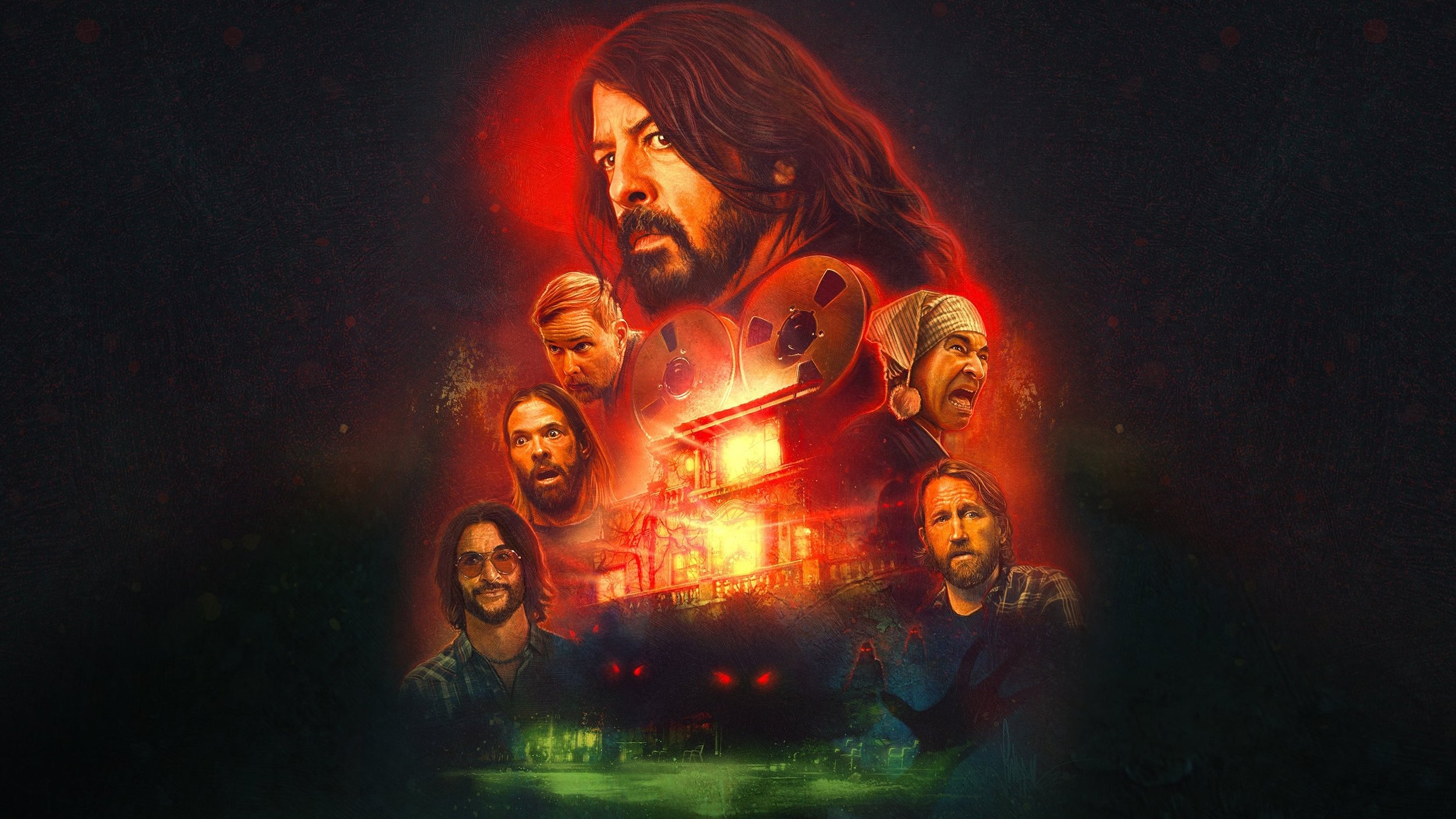Studio 666
FOO FIGHTERSAs if Dave Grohl’s musical output weren’t scary enough. There is no fighting of the Foo with Studio 666, instead, there is an active war between musicians and meandering plot detail. A noble assault between the two, naturally, brings about a horror feature that wishes to use the rise of meta charm that pits real-world caricatures of famous bits and pieces against entities beyond that of the real world. Grohl and company are taken for a ride by director B. J. McDonnell in a feature that is, surprisingly, not the first time this director has breached the gap between feature film entertainment and bands without much talent to share between the many members.
But Slayer: The Repentless Killogy is a different beast to that of Studio 666, primarily because the latter features a better band. A band picking themselves apart because of some demonic possession or other is not as huge a deal as Studio 666 tries to make out. It is difficult to deny Grohl’s dependability as a leading man and the chemistry he has with Jeff Garlin in the opening moments, but the dedication he has is unmatched by the bandmates and their abilities, or lack thereof. While it doesn’t take all that long for Studio 666 to engage with its demonic possession and its nightmare fuel, it does so with relatively dull results and some special effects that looked good when done for Shaun of the Dead, but now offer little for the cast to engage with.
Audiences are left with little to engage with too, as this is a team effort for McDonnell, who hopes that dull tones and a foggy atmosphere are enough to reel in an audience. They are not. What is so unfortunate for Studio 666 is that its core conception and the idea behind it are very good. It feels like a project Jack Black should have been a part of after his work on Brütal Legend. But the key difference between the two, aside from the obvious one of them being from different mediums of art, is that Brütal Legend had a humour to it, while Studio 666 is unable to commit to its frequent horror scenes, which boil down to very basic imagery of bloody lightbulbs and haunted tape recorders.
The “legendary” – the blurb speaks, many may disagree – band fires through some usual, trope-heavy bits of shlock and come out neither clean nor satisfied. There is a simple enough premise and an even simpler fallout that lends itself not to Grohl or the Foo Fighters but to those that want to lose themselves in something very, very basic. Studio 666 does not know its place, though. It needs to get in line, to the back of the queue where the other vaguely inviting and gory horrors go to. Some fairly poor prosthetics and an unwelcoming set of very dull kills mixed in with a hefty production that must have seen jam and ketchup sales go through the roof. All the satanic symbols of the embarrassing 1980s of thrash rock peddled through a band with universal appeal for light rock tracks. Ironic, really, that the infantile imagery and the leather-clad jokes work better for a band that doesn’t use them than a band that tried to, like Slayer.


